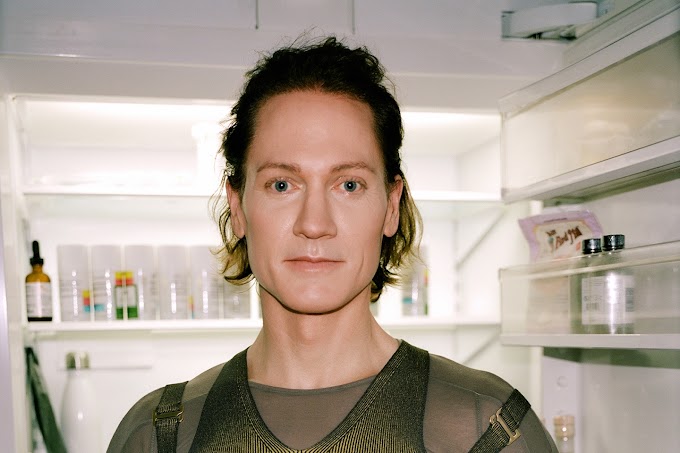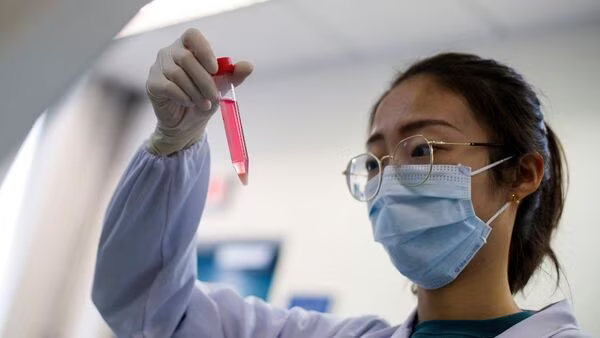Researchers at Kyushu University in Japan have developed a method for creating viable mammalian eggs from male cells, allowing them to create mice with two biological fathers. This breakthrough could lead to new fertility treatments for severe forms of infertility, as well as allowing same-sex couples to have a biological child together in the future.
Only a few of the embryos derived from all-male cells went on to develop into healthy mouse pups.
Credit: Ciobaniuc Adrian Eugen/Alamy
Creating Viable Eggs from Male Cells: A Significant Advance
While scientists have previously created mice that technically had two biological fathers through genetic engineering, this is the first time viable eggs have been cultivated from male cells, marking a significant advance. Katsuhiko Hayashi, who led the research team, believes it will be possible to create a viable human egg from a male skin cell within a decade.
Challenges of Lab-Grown Eggs for Clinical Purposes
Despite the potential benefits of this technology, there are significant hurdles to overcome before lab-grown eggs can be used for clinical purposes. Safety concerns must be addressed before this technology can be applied to treat severe forms of infertility, including women with Turner’s syndrome, in whom one copy of the X chromosome is missing or partly missing.
Replicating the Technique for Human Cells
While the research is a significant step forward, it may prove challenging to translate the technique to human cells. Human cells require much longer periods of cultivation to produce a mature egg, increasing the risk of cells acquiring unwanted genetic changes. Other experts in the field have cautioned that creating lab-grown gametes from human cells is more challenging than for mouse cells.
The Method: Reprogramming Skin Cells into Induced Pluripotent Stem Cells
To create the mice with two biological fathers, male skin cells were reprogrammed into an induced pluripotent stem (iPS) cell-like state. The Y-chromosome of these cells was then replaced by an X chromosome borrowed from another cell, resulting in iPS cells with two identical X chromosomes. Finally, the cells were cultivated in an ovary organoid, a culture system designed to replicate the conditions inside a mouse ovary.
Efficiency and Results of the Study
When the eggs were fertilized with normal sperm, the scientists obtained about 600 embryos, which were implanted into surrogate mice, resulting in the birth of seven mouse pups. The efficiency of about 1% was lower than the efficiency achieved with normal female-derived eggs, where about 5% of embryos went on to produce a live birth. However, the baby mice appeared healthy, had a normal lifespan, and went on to have offspring as adults.
Replicating the Creation of Lab-Grown Eggs Using Human Cells
Hayashi and his colleagues are now attempting to replicate the creation of lab-grown eggs using human cells. While this is a huge leap and an engineering challenge, researchers are optimistic about the future of this technology.








0 Comments